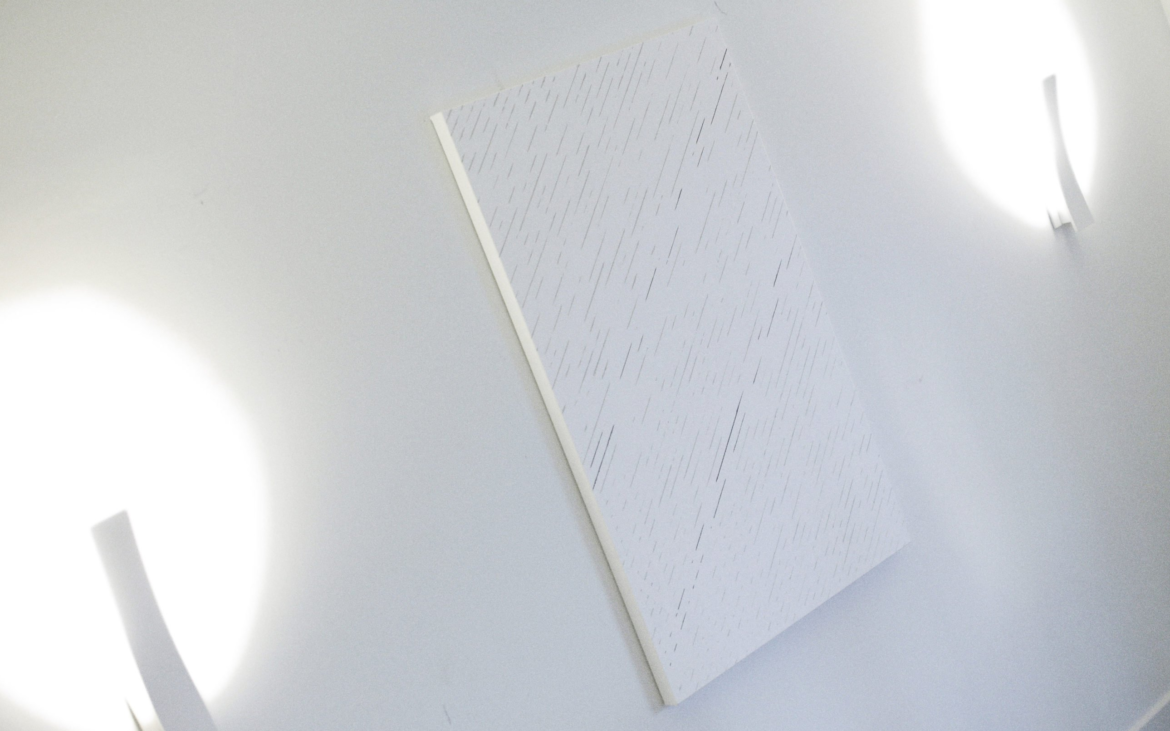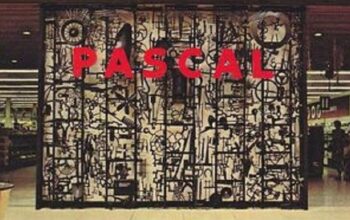Alice in Chains – Down in a Hole (1992)
Nirvana – Come As You Are (1993)
When an artist’s life is unplugged, their renown invariably soars. Sad – and sometimes disingenuous – but true.
When their music is unplugged, the results are less guaranteed.
The first entry in this series was an example of what can happen when a song is completely re-songed by its maker to a new and different purpose. It’s a risky thing to do, especially when you’re going for a whole other audience segment (here, from dancehall ravers to brooding suburban denizens). It doesn’t always work, but the creative reach deserves applause, whatever the outcome.
Another way to go is to just take exactly the same song, play it exactly the same way with exactly the same instrumentation, but just remove the electricity. Hollow-body fretted instruments with mics instead of their solid-body-with-pickups offspring, smaller drumkits un- or underamplified only for mixing, and zero voice effects. The same golfer taking the same swing off the same tee on the same hole, but using a putter instead of a wood. [ed. see the About page for clarification]
It can work. It can flop. We’ll look at a couple.
Let me walk you around the laboratory first. The constants in my sample group are: Seattle, the early 90s, MTV, a deceased frontman, an unchanged acoustic rendition, and a rock genre that’s been lionized by now-greying homeowners. Don’t touch that please. Put that down. And wear a mask (don’t get me started).
The control variables are Nirvana and Alice in Chains and one song apiece that I cherry-picked based on their high – but not too high – visibility within their oeuvres. I won’t go into the funfacts or backstories of the songs, do that yourself, but they were tightly contemporary and, you might say, coupled. Indeed, Come as You Are and Down in a Hole were both released as singles within a year of one another from each band’s sophomore album (Nevermind and Dirt, respectively) and targeted to very similar audiences. If you went over to a moody friend’s basement in 1993, there’s a chance you’d have heard both songs in the same hour by radio, stereo or substance-aided singalong.
The independent variables are the acoustic arrangements of the songs themselves.
Now, I know I brushed aside untethered live versions of songs in my qualifying post. But in this case each band released their MTV Unplugged sessions as live albums, and that forum certainly was, in its day, as legitimate and canonical a release effort for the feature band as any of its studio albums had been.
Each song starts with a guitar intro. And each unplugged version echoes its studio version recognizably. Nirvana’s offering sounds more faithful to its source in both sonority and energy than does AIC’s. Here’s Curt Cobain‘s (z”l) riff:

and here’s Jerry Cantrell‘s:

[ed. if you don’t read music, just listen to the very beginnings of each acoustic version; that’s what they’re playing]
These are two very different musical motifs. The first is rhythmic, monophonic, and in a very narrow tonal range. It’s as spartan a theme as the instrument can produce, and well-suited to an electric guitar (which has more sustain and can sound larger than it is). The second, Cantrell’s, is a pair of arpeggiated chords, polyphonic, embellished with an emphatic passing note on the very first beat. It’s typically finger-picked and more suited to an acoustic guitar (though it can be, and on the studio version indeed is, played on an electric guitar). Cobain’s riff is meant to carry the rhythm, Cantrell’s the harmony.
And from those seeds, the songs follow very different story arcs in their respective studio versions.
Down in the Hole adds one distorted guitar layer after another on top of that rich chord progression (starting at 1:00); so much so, in fact, that the elegance of the opening riff gets lost in the accumulation of raunch. The modulation to D-minor (at 1:40) is very fuzzy, and the solo accents (one at 0:16 and a slide at 2:15) certainly add to the drama, but the cacophony is a bit unnecessary since those gestures never receive any musical development. Add to that the responsive two- and three-part harmonies that thicken the vocal texture (at 3:36) and we have a song that builds a lot of textural drama, but almost drowns out the developing musical story in its grunge instrumentation.
In the acoustic version, AIC does very little to the original version beyond switching out the electic guitars for acoustic ones. Any other deltas are merely omissions. There are no crunch guitar slides, power chord fifths or any other riffs that are idiomatic to that 12-lb Les Paul that Jerry plugs into his stack. Gone too are the 2-versus-3 voice harmonies at the climax of the song – this outfit just doesn’t have enough dudes who can carry a tune in a basket for a live show. Replacing that is a simple call-and-response between Cantrell and lead voice Layne Staley (z”l). And replacing the lead guitar crunch at the same point in the studio version is a smartly-plucked high-register chord arpeggiation at the beginning of the final refrain in the acoustic set.
Once all the sloppy distortion was stripped away, Down in the Hole got to tell its musical story – a very complex and sophisticated one, it should be said – without losing the raw edge that it meant to provoke us with in the first place. The ambitious ABCBCDC form and the artful texture that builds such a sense of moment over 5-plus brooding minutes are lain bare in the acoustic version, whereas those same assets get muddled somewhat in the studio cut.
Come as You Are doesn’t flourish in kind without the wattage. The drama in the studio recording is told in the mounting layers of power chords over its three-and-a-half minutes. And the guitar solo that apes the vocal melody provides a wonderful meditation that works so well because the sustain of the instrument is an effective and haunting reminder of the voice. In our heads, we’re imagining ourselves singing the same lyrics Curt just did over two verses to the ghostly buzz of his guitar. That interplay of instrumental texture and anguished mood not only endeared Nirvana to millions, it helped define an entire musical zeitgeist.
But so disarmed on MTV, the song had nothing to offer us but words and notes. And it’s just not enough. Simply, this is one of those songs that just can’t kick ass in flipflops. Cobain valiantly tries to deliver that transcendent lead solo on his upsidedown Martin, but it’s feeble. The song peters out with Curt’s “I don’t have a gun” mantra, and ends with the motherversion’s frank cadence and nothing else. No, he certainly did not have a gun.
On the MTV session, Dave Grohl has intimated: “We’d seen the other Unplugged’ s and didn’t like many of them, because most bands would treat them like rock shows — play their hits like it was Madison Square Garden, except with acoustic guitars.” In fairness, Nirvana did bring on a second guitarist and a cellist to augment and differentiate their offline config, and it made for some special moments in that landmark set. But this song – this fantastic song – was not one of those moments. Ironically, Nirvana’s second-most famous hit was given the very same treatment that Grohl shaded, and it fell flat. Fortuitously, they didn’t include Smells Like Teen Spirit on that playlist.
Sometimes less is more, and it lets an artist get the hell out of his art’s way. And sometimes it isn’t, and it doesn’t.



